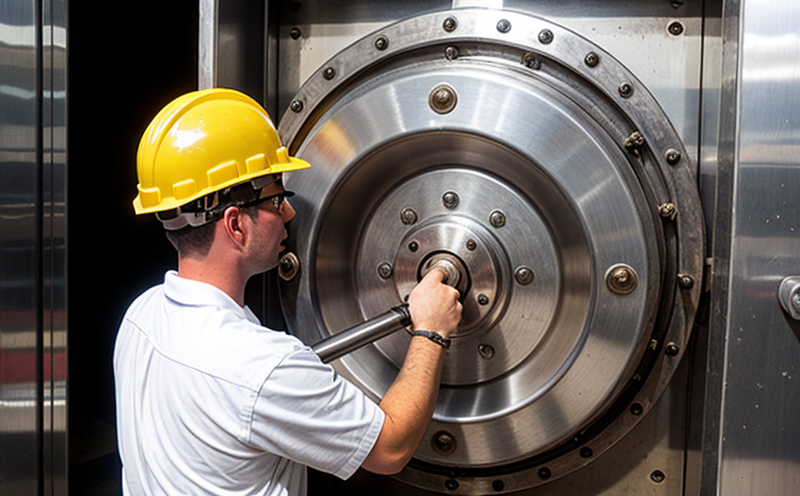Elevator sheave inspection
The elevator sheave is a critical component of an elevator system. It functions as a pulley around which the hoisting rope wraps, transferring power from the motor to the car or counterweight. Regular inspections are essential to ensure safety and efficiency in elevator operation.
Sheaves can experience wear due to friction, misalignment, or improper installation over time. Inspections help identify potential issues before they lead to system failure, ensuring safe and reliable performance. This service involves a detailed examination of the sheave's condition, including its grooves, bearings, and any signs of corrosion.
The inspection process typically includes visual assessments and non-destructive testing methods such as ultrasonic testing or magnetic particle inspection. These tests help detect internal and external defects that may not be visible to the naked eye. The goal is to ensure the sheave operates smoothly and safely, meeting all relevant standards.
Regular inspections also contribute to extended equipment life by preventing premature wear and reducing maintenance costs in the long run. Compliance with international standards such as ISO 18720-3:2015 ensures that inspection methods are consistent across different regions and industries.
For quality managers and compliance officers, this service provides peace of mind regarding elevator safety and operational efficiency. R&D engineers can benefit from understanding the current state of equipment to improve design iterations. Procurement teams can leverage these inspections for informed decisions about maintenance contracts or replacement parts.
Applied Standards
| Standard | Description |
|---|---|
| ISO 18720-3:2015 | Guidelines for elevator and escalator inspections, including sheave inspection. |
| ASTM E1460-19 | Standard test methods for measuring the wear of elevator sheaves. |
Customer Impact and Satisfaction
The impact of elevator sheave inspection on customers is significant. By ensuring safe and efficient operation, it minimizes the risk of accidents and disruptions to daily routines. Regular inspections contribute to extended equipment life, reducing the need for costly repairs or replacements.
Customer satisfaction stems from peace of mind regarding safety and reliability. Quality managers appreciate the compliance with international standards, while R&D engineers use inspection data to refine designs. Procurement teams benefit from informed decisions about maintenance contracts or parts procurement.
Environmental and Sustainability Contributions
- Prolonged equipment life reduces the need for frequent replacements, conserving resources.
- Avoidance of accidents leads to fewer emergency responses, reducing environmental impact associated with rescue operations.
- Elevators that operate efficiently contribute to lower energy consumption and carbon footprint in buildings.





